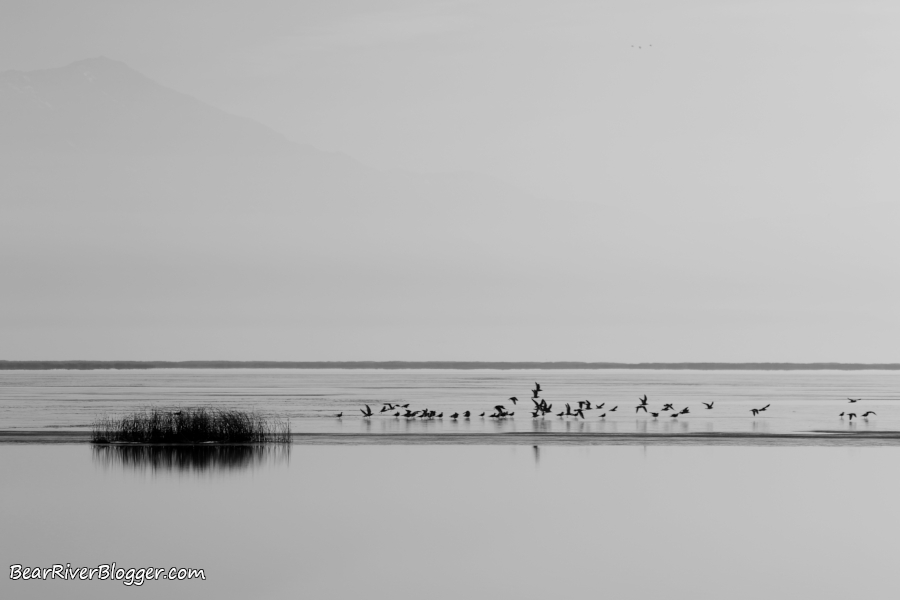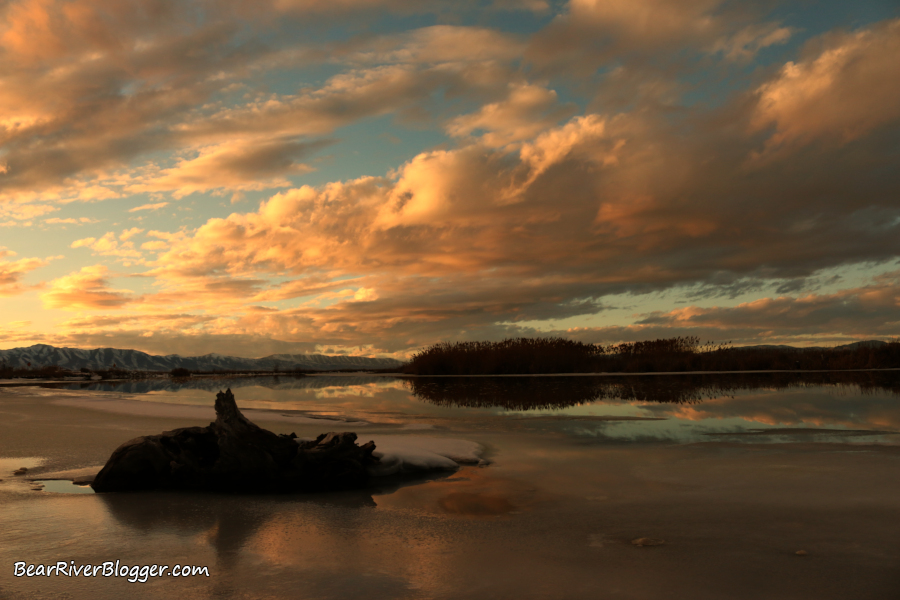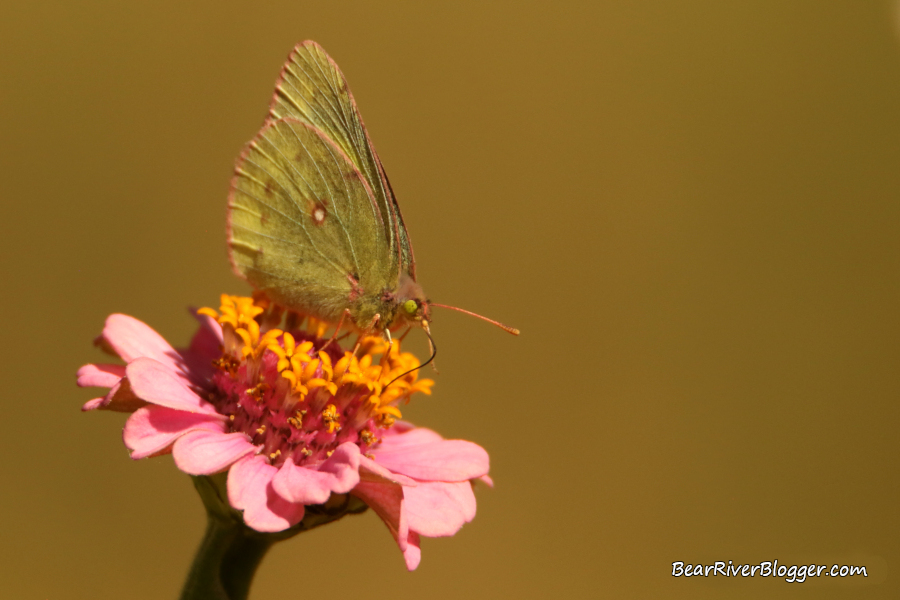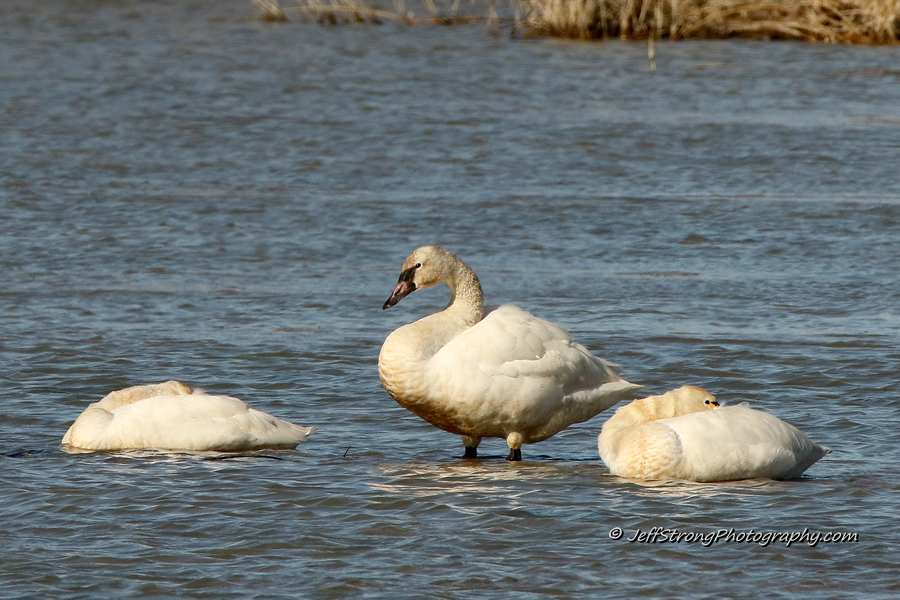There’s an old saying around these parts that simply states if you don’t like the weather in Utah just sit tight, it will soon change.
I guess, well, for me, at least, it should be reworded to say if you do like the weather in Utah enjoy it while it lasts because it’s going to change at any moment whether you like it or not, a notion that arguably holds true for our sometimes wayward spring and fall seasons.
Needless to say, I’ve been loving these unseasonably warm 80-degree days in October but, unfortunately, and like the timeless old adage says, all good things must come to an end and it most certainly did last Wednesday night, very abruptly, in fact, as we obviously need to wave goodbye to our extended summer for more seasonally appropriate weather.
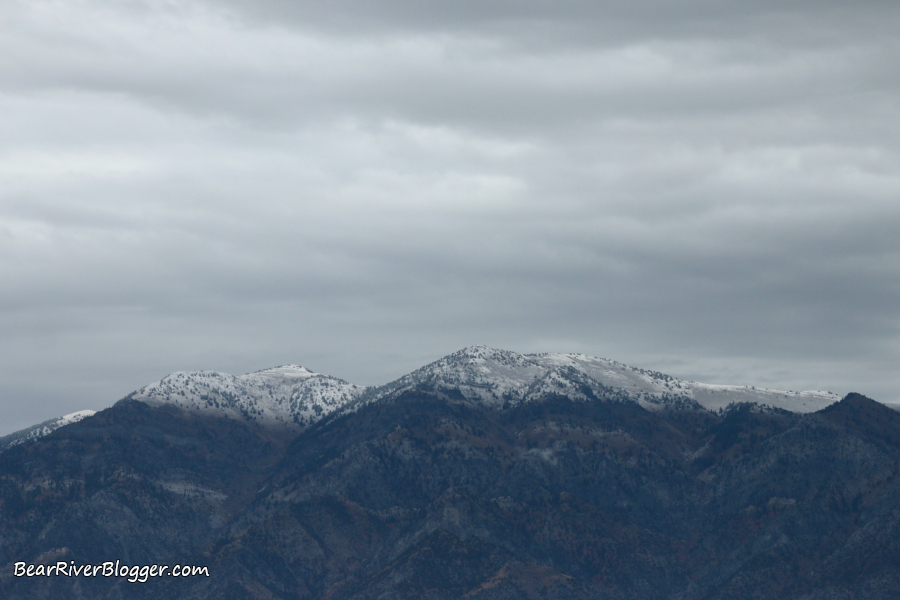
As I peered out my window on the frosty morning that followed an afternoon of photographing butterflies, gazing at the fresh snow-capped mountains that stand guard over the Bear River Migratory Bird Refuge, my mind began to reflect upon the unusual opportunity I had to photograph butterflies on zinnias a mere 12 hours prior in my backyard while wearing a t-shirt, definitely not the attire, activity, or weather conditions one would expect in mid-October for northern Utah by any means.
Staring at that frosty, jagged ridgeline I can only sit here at my computer and ponder what kind of winter is on tap for this year and how it will affect winter birdwatching and photography on the bird refuge auto loop.
Don’t get me wrong about all of this, however, even though I am not a fan of driving in the snow or, even worse, shoveling my driveway I do love one very specific part of winter, bird and landscape photography on the Bear River Migratory Bird Refuge auto tour route, a 12-mile self-guided frozen paradise that’s near perfect for winter photography, well, once the refuge has completely iced over and old man winter has firmly tightened his grip on the landscape with sub-freezing temperatures for the next couple of months that is.
I know that might sound strange to you all coming from someone like myself who loves t-shirts more than winter coats but starting around Christmas and running through early February I can usually find the most beautiful scenery and intimate bird experiences the refuge has to offer for the entire year during these most frigid, ice-bound months of the season.
These dreads of winter as I like to call it are, without question, my second favorite time of the year to visit the Bear River Migratory Bird Refuge auto tour route.

For me, personally, there are some years, depending on how the weather goes that is, I actually like this coldest part of the year more than even spring migration because of the serenity, solitude, and sheer beauty it has to offer, especially on those particular mornings when the landscape is covered in a fresh blanket of snow and, as one example, great blue herons can be found hunkered over small ice holes in search of a meal.
But as I alluded to in the title winter is only on its way at this point, a couple page turns of the calendar still to go, which means changing opportunities for nature and bird photography before these snow-capped mountains give way to a snow-covered valley here in northern Utah.
As an example of this, last Wednesday afternoon I was in my backyard photographing sulphur butterflies on some zinnias I planted to attract butterflies and other pollinators as well as to feed the birds once the flowers have dried out and gone to seed but when I woke up Thursday morning, and to my surprise, the small clouded sulphur butterflies were replaced with a snow-covered ridge, very frosty temperatures, and close to 200 very vocal sandhill cranes actively feeding in the corn field just below my house.
Honestly, as a kid growing up in this neck of the woods I don’t remember seeing butterflies so late in the season but this year I am seeing butterflies, bees, and even dragonflies in mid-October and it is quite strange, to say the least.
In fact, trick-or-treating in the snow wasn’t unheard of at all when I was a kid, and while having such a warm October where photographing butterflies on flowers while wearing just a t-shirt is a bit unusual for me, I’ll take any moment to photograph these delicate winged beauties that is placed before me because on any given day this time of year winter can show up meaning butterflies in front of my camera will need to be replaced with birds for a few months or more.
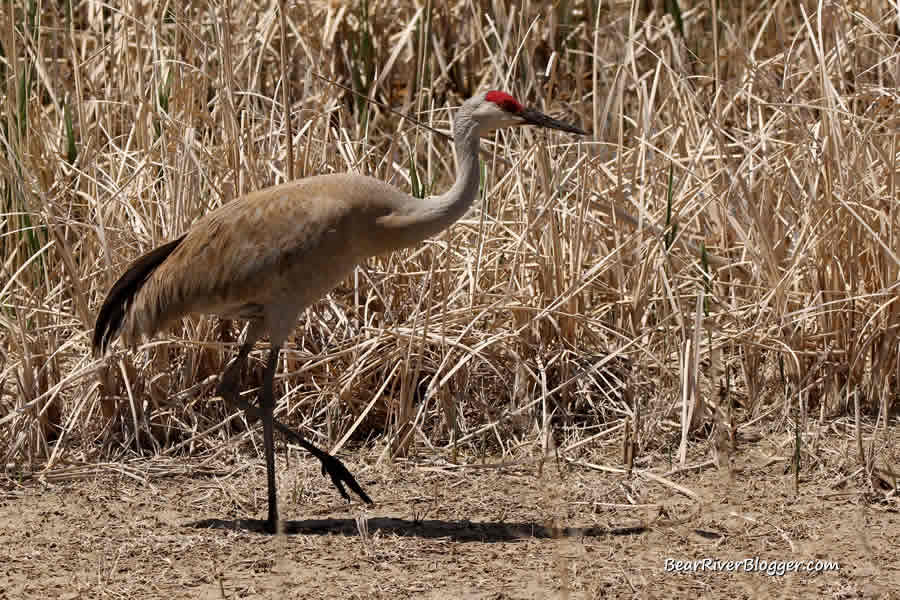
Today, as a sign of the changing seasonal amenities, I was greeted on my morning walk with the first bald eagle sighting of the season, quite possibly one of the 2 known pairs of eagles that nest in the vicinity of the bird refuge visitors center as it is still a bit early for winter migrants to arrive from up north.
The eagle casually buzzed hundreds of sandhill cranes feeding in a harvested corn field, causing quite a stir with cranes getting up and flying every which way in obvious panic as the eagle flew by quite low to the ground but seemingly not interested in the cranes for some unknown reason other than just to be a nuisance from what it appears.
Both the migrating sandhill cranes and me now wearing 5 layers of clothing to keep from freezing on these casual morning walks are sure-fire signs the seasons are changing and with it birdwatching and photography opportunities on the Bear River Migratory Bird Refuge and adjacent Great Salt Lake will be changing too but, honestly, that is a welcomed change my camera is anxiously awaiting.
Many people put their birding and photography gear up for the year when the temperatures start to dip near the freezing mark but for me, personally, one of the absolute best times of the year to be behind a camera or a pair of binoculars is only getting started.
For now, at least in the short term with regards to the refuge auto tour route, I am patiently waiting for the landscape to freeze over so I can enjoy the serenity and solitude the auto loop has to offer during the dreads of winter.
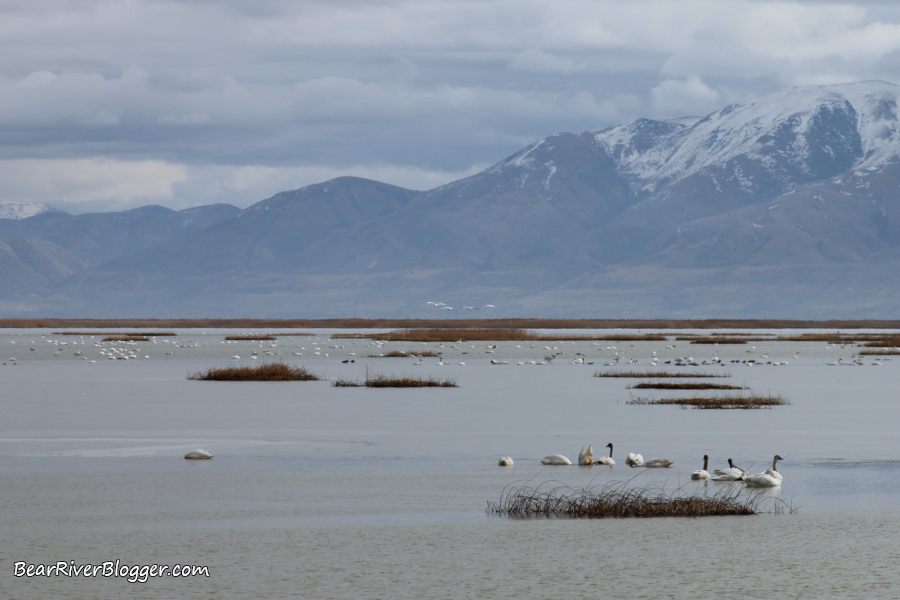
In a few weeks the refuge will be filled with thousands of migrating tundra swans as they head south to California to feed and rest for the winter, filling the airways with their distinctive “whoot whoooot” calls that surely revs the “birding motor” of almost anyone in earshot.
Not too long after that bald eagles and rough-legged hawks will begin to arrive from their northern breeding grounds to spend the winter on the Bear River Migratory Bird Refuge, giving birdwatchers and photographers alike a very small window of opportunity to enjoy these unique raptors for a spell before they head back north for the summer.
And my personal favorite winter scene, individual great blue herons standing over small ice holes in search of an unsuspecting fish to swim by or several herons gathering around larger pockets of open water to steal fish from golden eye ducks, is indicative of how great blue herons have adapted to stay put and not migrate south during these harsh, winter seasons.
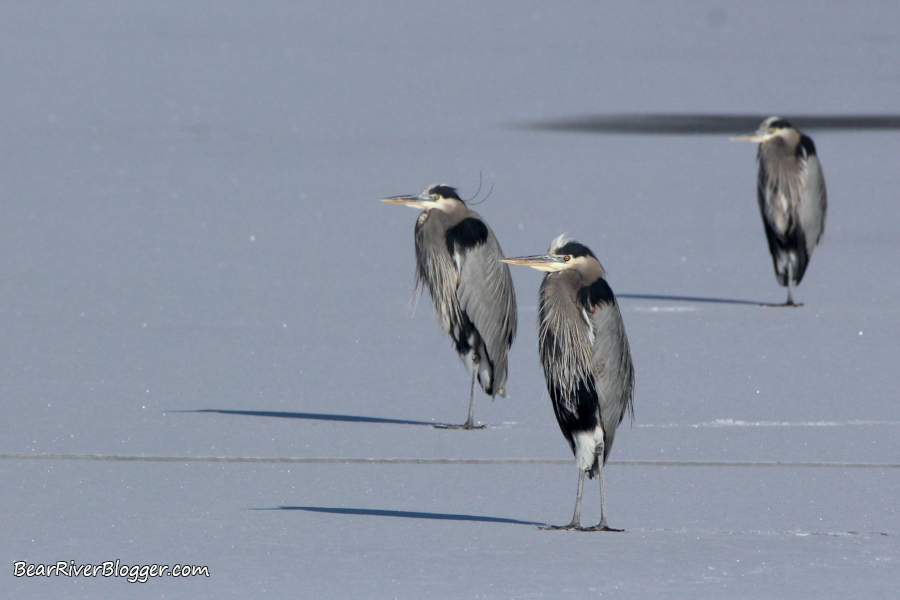
All in all, there is so much to see, photograph, and enjoy during the dreads of winter on the Bear River Migratory Bird Refuge I almost wish I could hit the fast-forward button until the calendar reads January 1 but alas that isn’t possible and even if it were I’m not sure I would want to gloss over the upcoming weeks where butterflies have now been traded in for migrating birds and t-shirts have been replaced by jackets.
Even though I am certain this past Wednesday was my last butterfly photography session for quite a long time it’s no bother as there is always something to enjoy and photograph because nature always has something up its sleeve with each turn of the calendar, we just need to get outdoors and find it and there are few better places in my book than both the Great Salt Lake and adjacent Bear River Migratory Bird Refuge.
If you love birds, butterflies, or just nature in general, I offer you to head on over to our subscribe page and sign up for email notifications for future blog posts about our birdwatching and nature excursions as well as sharing our love for the natural world around us through both photography and the written word.
